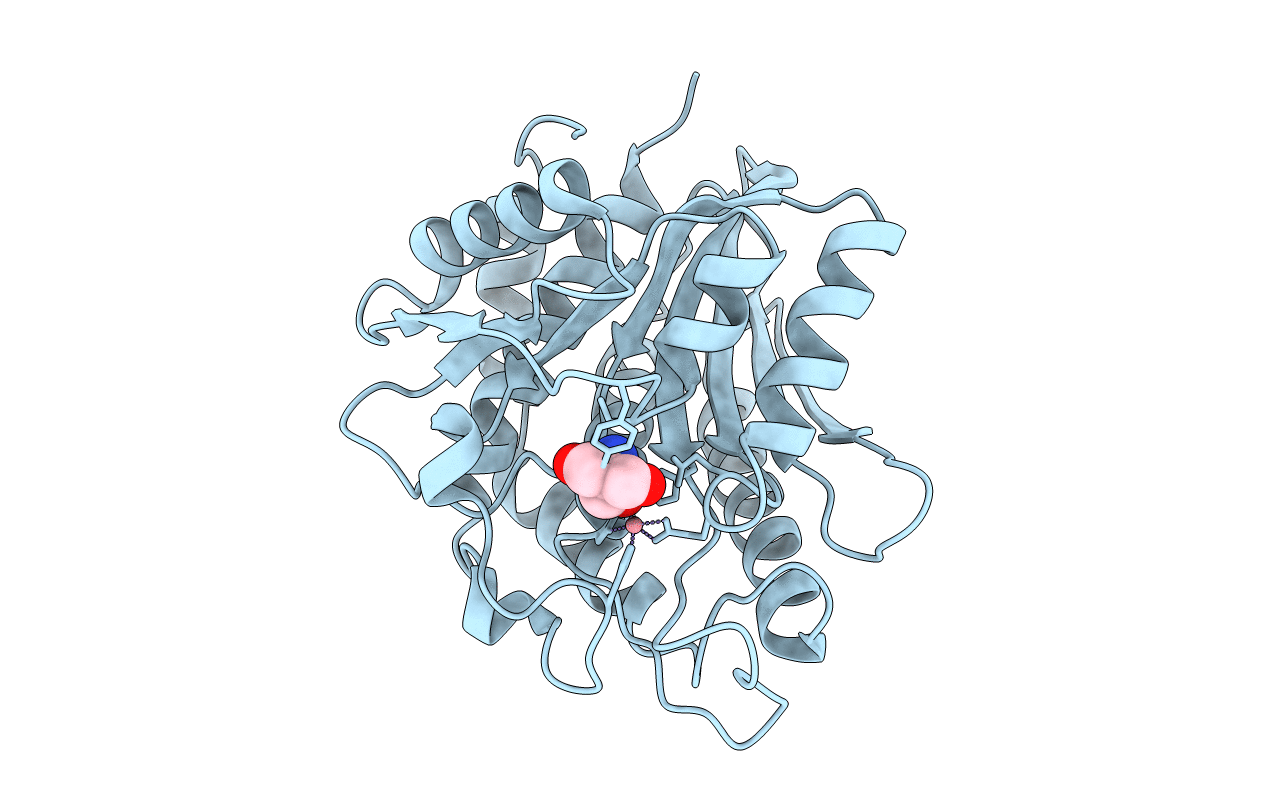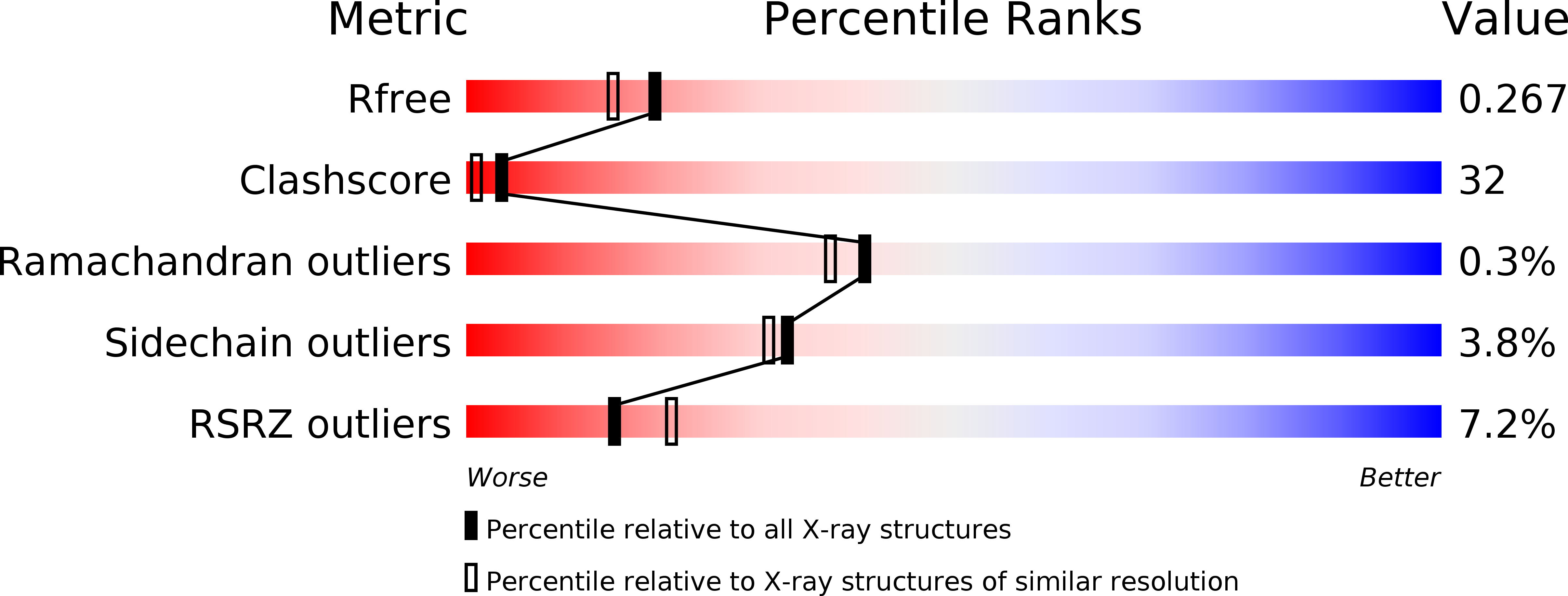
Deposition Date
2007-05-04
Release Date
2007-06-12
Last Version Date
2024-11-13
Entry Detail
PDB ID:
2PRQ
Keywords:
Title:
X-ray crystallographic characterization of the Co(II)-substituted Tris-bound form of the aminopeptidase from Aeromonas proteolytica
Biological Source:
Source Organism:
Vibrio proteolyticus (Taxon ID: 671)
Host Organism:
Method Details:
Experimental Method:
Resolution:
2.15 Å
R-Value Free:
0.27
R-Value Work:
0.22
R-Value Observed:
0.22
Space Group:
P 61 2 2


